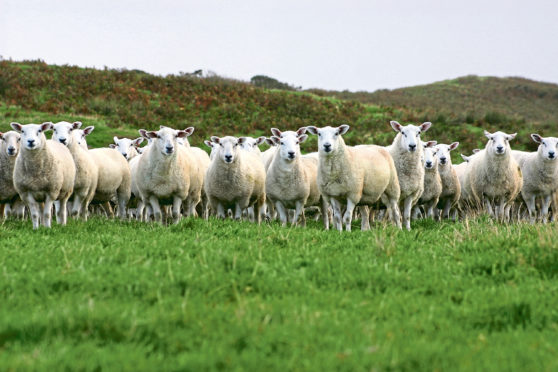Over my extensive and quite varied career within the veterinary profession, I had the opportunity to work within a Scottish Agricultural College veterinary investigation laboratory for a couple of years back in the early 2000s.
It was there that I learned first-hand what a valuable resource such a service can be to farmers, vets and the general public when faced with difficult cases, emerging diseases, or zoonotic risks as well as providing essential surveillance.
Every day, veterinary surgeons across Scotland participate in different surveillance related activities to safeguard our animals, humans and trade opportunities.
Surveillance is about collecting and analysing animal health and disease data from various sources and disseminating the information in a useful way in order for people to take appropriate action.
The lab I worked in was in Inverness. At that time, E. coli 0157 was a massive public health concern. Apart from surveillance for this strain of bacteria in calves in Scotland, we also tested gamebirds for Hexamita and Rota Virus as well as routine animal health sample reporting. This included scrapie monitoring which was still a huge concern after the BSE (mad cow sisease) outbreak, post-mortems for most farm animal species and even bacterial checks on ice-cream!
The veterinary surveillance network is vital to ensuring that threats to public health, trade, and wider society from animal diseases are identified and managed. Ultimately, continued monitoring of new and emerging disease through data collection, analysis and sharing across species provides high-quality intelligence on animal health and welfare that enables policy makers, veterinary professionals and animal keepers to take decisions to improve animal health and welfare, productivity, and identify and manage threats to public health, trade, food quality, the environment and leisure and tourism.
From livestock to wildlife, equine and companion animals, vets are the eyes and ears of animal health and welfare. But this kind of health and disease monitoring is not just about samples, post-mortems and vets; the system relies on strong relationships. All livestock surveillance begins on farm and relies on good surveillance activity and good communication between farmers, private vets, and the Animal and Plant Health Agency (APHA) laboratory service.
The system will fall at the first hurdle if a farmer with suspicions about potential symptoms in their herd or flock decides not to pick up the phone to their vet or if a vet on the ground fails to identify which symptoms or deaths might require further investigation. Farm animal post-mortems and diagnostic testing in Scotland are conducted by eight disease surveillance centres, so if you are a farmer or a vet, check your nearest disease investigation centre and find out more about how to send samples.
Both farmers and vets can derive value from animal health and disease monitoring data by reading reports and improving or adapting their approach and advice, using data to inform herd health planning or getting in contact with Veterinary Investigation Officers (VIO) to get advice about unusual cases. For the system to work properly we need farmers, private vets and government vets to get the message across that surveillance matters, and, ultimately, all stakeholders derive value from contributing in some way.
Scotland can and should be very proud of its strong and responsive surveillance networks, although these are now going through considerable changes. The number of veterinary investigation centres across the UK has been drastically reduced over the past few years, and Scotland is no exception, but new mechanisms for gathering valuable post-mortem data have been developed via a number of differing APHA partner post-mortem providers.
This year there have been further changes for the Scottish surveillance system with Scotland’s Rural College’s (SRUC) closure of its Inverness post-mortem facilities in May and plans to raise funds for a rural veterinary hub. We understand that there will be continued diagnostic support for farm vets.
The British Veterinary Association is supportive of innovative approaches to disease surveillance services and improved engagement between farmers, private vets and VIOs, so we’ll be keenly monitoring the success of this new service.
It’s absolutely paramount that practising vets, and their farming clients, engage with these new services: use it or lose it. We’ll be watching developments with keen interest.
Kathleen Robertson is the Scottish Branch President of the British Veterinary Association and works as a locum vet in Moray and Inverness.

